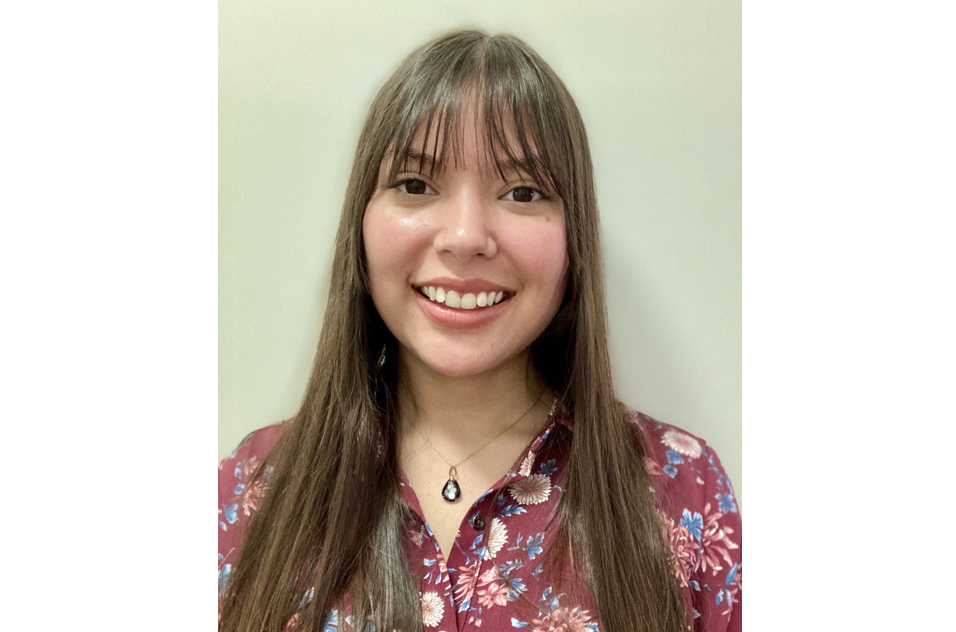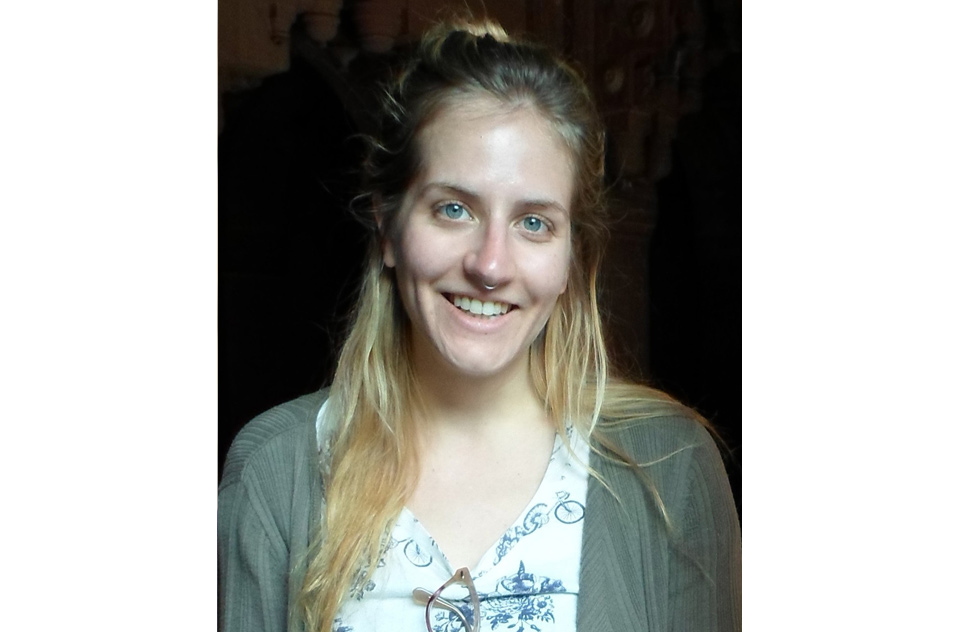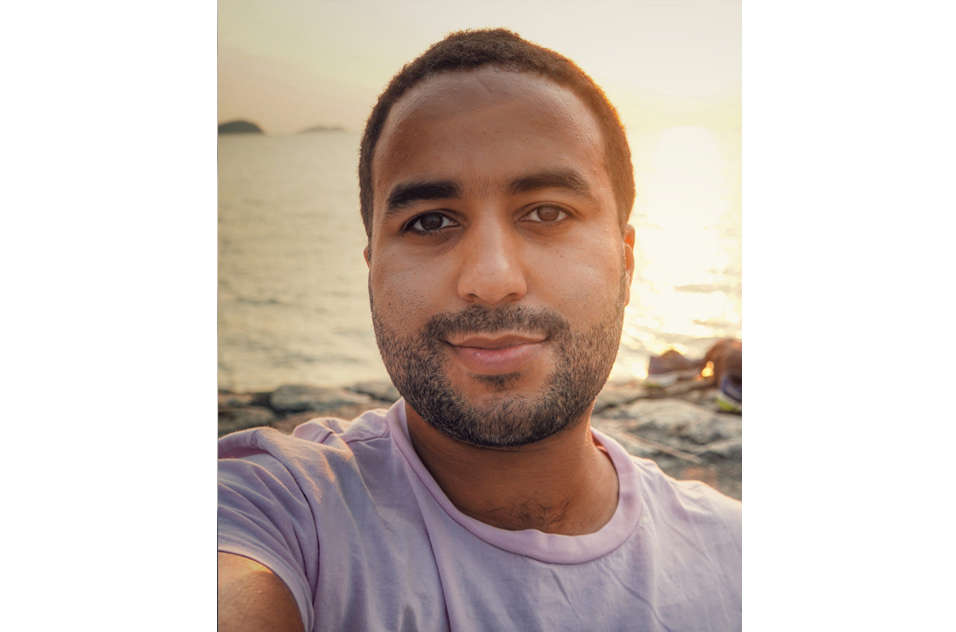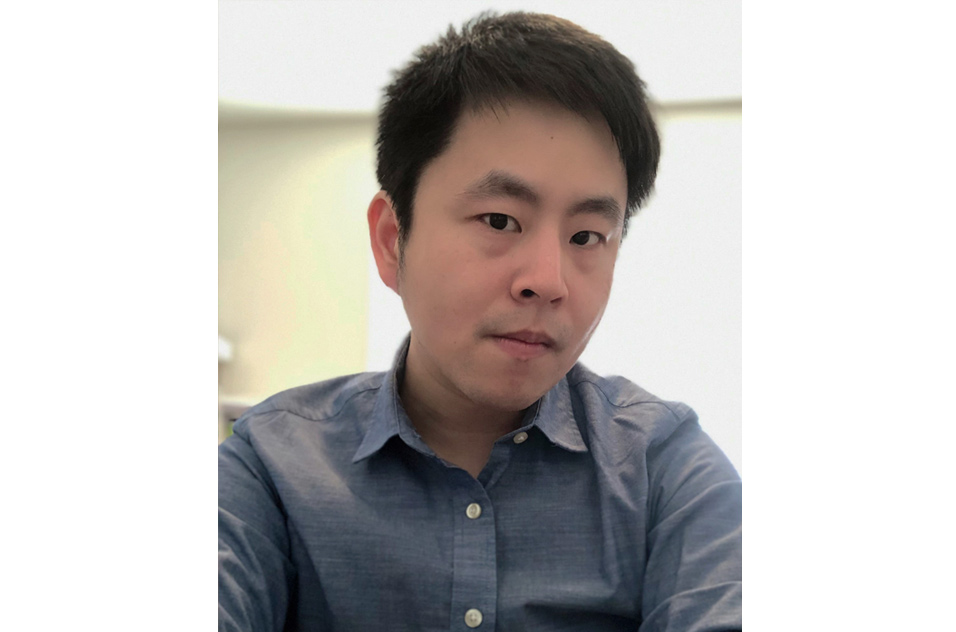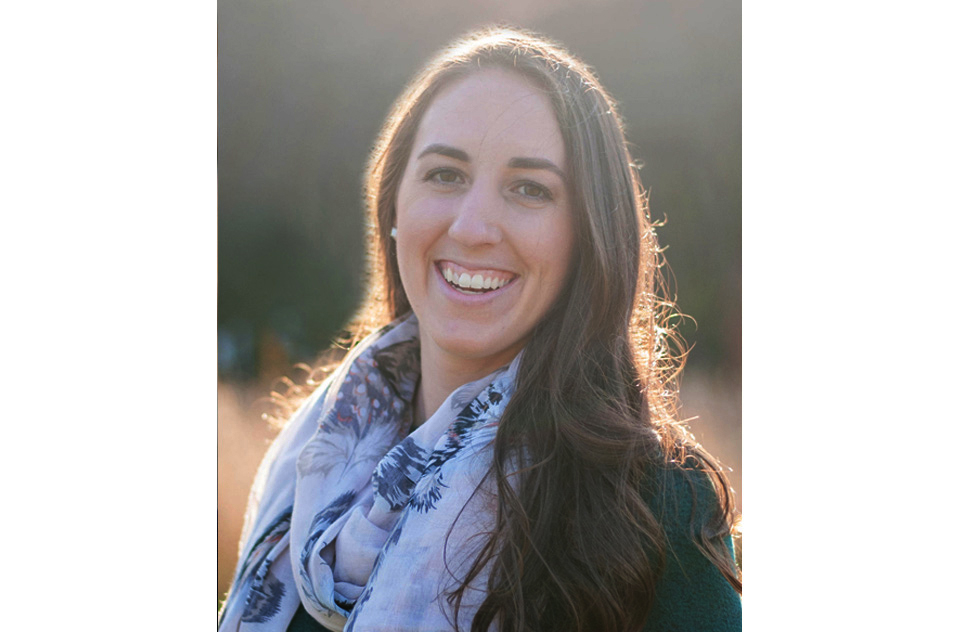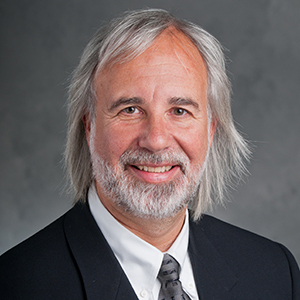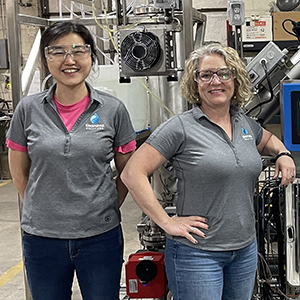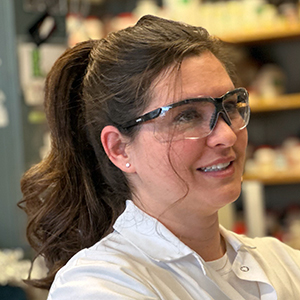 Abuawad studies how nutrition and arsenic exposure interact to affect diabetes and other metabolic outcomes, under the mentorship of Ana Navas-Acien, M.D., Ph.D. (Photo courtesy of Ahlam Abuawad)
Abuawad studies how nutrition and arsenic exposure interact to affect diabetes and other metabolic outcomes, under the mentorship of Ana Navas-Acien, M.D., Ph.D. (Photo courtesy of Ahlam Abuawad)Eleven outstanding trainees in the NIEHS Superfund Research Program (SRP) have won K.C. Donnelly Externship Award Supplements. The annual awards allow trainees to work side-by-side with experts at an outside institution to learn new methods and techniques to enrich their research.
The awards honor the memory of longtime environmental health researcher and SRP grantee Kirby (K.C.) Donnelly, Ph.D. (see sidebar).
Ahlam Abuawad, a doctoral student at Columbia University, will travel to the SRP Center at Dartmouth College. She will expand her research focused on arsenic and metabolic outcomes by examining links between early life arsenic exposure and diabetes during pregnancy.
“The K.C. Donnelly Externship will give me the opportunity to collaborate with an interdisciplinary team of researchers who are experts in early-life toxic metal exposures,” said Abuawad.
Juliana Agudelo is a doctoral student at the University of Rhode Island. During her externship at the U.S. Environmental Protection Agency (EPA) Office of Research and Development in North Carolina, she will use advanced methods to measure per- and polyfluoroalkyl substances (PFAS) and protein changes in human liver samples.
“This opportunity will allow me to make my PFAS work more useful for human risk assessment by potentially linking our findings in rodents with more human-relevant data,” Agudelo said.
Jogen Atone, a doctoral candidate at the University of California (UC), Davis, studies mice to determine how pesticide exposures affect the brain. During his externship at the University of Washington SRP Center, he will learn cell isolation techniques and how to conduct behavioral tests in mice that will advance his research.
 Under the guidance of Bruce Hammock, Ph.D., Atone studies how exposure to pesticides affect the brain and how certain lipids produced in the body may protect against these adverse effects. (Photo courtesy of Jogen Atone)
Under the guidance of Bruce Hammock, Ph.D., Atone studies how exposure to pesticides affect the brain and how certain lipids produced in the body may protect against these adverse effects. (Photo courtesy of Jogen Atone)“These techniques will help me determine whether a certain pesticide or pollutant may cause dementia, and to validate the results using behavioral tests,” said Atone.
Jessica Ewald is a doctoral student at the University of Iowa. At the Duke University SRP Center she will determine the biological, chemical, and physical factors that promote or limit the ability of microbes to break down polychlorinated biphenyls (PCBs) in the environment.
“The externship will teach me new skills and techniques that directly benefit my goal to work at a national laboratory using large genomic datasets to understand and engineer environmental systems,” said Ewald.
Jamie Kelly, Ph.D., a postdoctoral researcher at the Massachusetts Institute of Technology SRP Center, will work with mentors at the National Oceanographic and Atmospheric Administration and EPA. During his externship, he will expand a mathematical model he developed to better predict the movement of polycyclic aromatic hydrocarbons (PAHs) in the atmosphere.
“The externship will allow me to incorporate risk assessment, source-apportionment, and climate change methods into my model. This is critical to generate the information necessary to develop PAH emission reduction strategies,” explained Kelly.
Katlyn McGraw is a doctoral candidate at the University of Louisville. For her externship at the Columbia University SRP Center she will learn novel statistical approaches to assess how exposure to a mixture of air pollutants affects heart health.
“This experience will provide me the opportunity to learn and apply advanced statistical methods to evaluate the health effects of combined exposures,” said McGraw.
 McGraw uses metabolomics to explore the associations between exposure to volatile organic compounds and cardiovascular health, under the mentorship of Aruni Bhatnagar, Ph.D. (Photo courtesy of Katlyn McGraw)
McGraw uses metabolomics to explore the associations between exposure to volatile organic compounds and cardiovascular health, under the mentorship of Aruni Bhatnagar, Ph.D. (Photo courtesy of Katlyn McGraw)Yvonne Rericha, a doctoral student at Oregon State University, will work with mentors at the Brown University SRP Center. Through her externship, she will use zebrafish and advanced imaging techniques to examine how PFAS exposures affect the development and integrity of blood vessels in the brain.
'This externship will strengthen my ability to investigate toxicological research questions, expand my professional network, and help me grow as an independent researcher,' said Rericha.
 Rericha studies zebrafish to investigate the mechanisms by which PFAS and PAH exposure harm development, under the mentorship of Robyn Tanguay, Ph.D. (Photo courtesy of Yvonne Rericha)
Rericha studies zebrafish to investigate the mechanisms by which PFAS and PAH exposure harm development, under the mentorship of Robyn Tanguay, Ph.D. (Photo courtesy of Yvonne Rericha)Anna Robuck is a doctoral student at University of Rhode Island. At the EPA Office of Research and Development in North Carolina, she will use nontargeted and total fluorine methods to measure PFAS in environmental samples from the Delaware River Estuary and estimate the total PFAS in the system. These methods provide a more complete characterization of PFAS compared with targeted methods, which measure only a small subset of the thousands of known PFAS chemicals.
'The experience will provide me valuable training and mentorship in nontargeted analysis of environmental samples and allow me to collaborate with groups in a federal agency setting,' said Robuck.
 Under the mentorship of Ana Navas-Acien, M.D., Ph.D., Spaur characterizes exposure to arsenic through drinking water and evaluates the effectiveness of federal regulations to lower public water arsenic exposures. (Photo courtesy of Maya Spaur)
Under the mentorship of Ana Navas-Acien, M.D., Ph.D., Spaur characterizes exposure to arsenic through drinking water and evaluates the effectiveness of federal regulations to lower public water arsenic exposures. (Photo courtesy of Maya Spaur)Maya Spaur is a first-year doctoral candidate at Columbia University. At the U.S. Geological Survey New England Water Science Center in New Hampshire she will develop geochemical models to estimate the relationship between arsenic in groundwater and public water supplies in the U.S. She will also examine how arsenic in drinking water relates to urinary arsenic levels using data from the National Health and Nutrition Examination Survey.
'The K.C. Donnelly Externship represents an incredible opportunity for me to gain experience in environmental epidemiology and exposure assessment,' said Spaur.
Paige Varner, a doctoral student at Duke University, will work with mentors at the Oak Ridge National Laboratory in Tennessee. She will use high-throughput methods to identify the conditions that promote the expression and transfer of genes that enable bacteria to break down PAHs in the environment.
'This externship will allow me to better understand how various bacteria interact and which strains can successfully transfer genes that promote PAH degradation,' said Varner.
Hao Wang, Ph.D., is a postdoctoral trainee at the University of Washington. At the UC Davis SRP Center, he will learn advanced methods to examine the role of lipid metabolism as a potential mechanism of cadmium toxicity in the adult brain.
“The K.C. Donnelly Externship will equip me with a new set of analytical chemistry skills and provide insight into how cadmium affects the creation of new functional neurons in the adult brain,” said Wang.
(Megan Avakian is a research and communication specialist for MDB Inc., a contractor for the NIEHS Superfund Research Program.)





